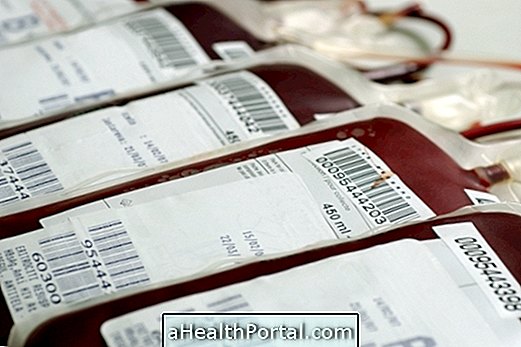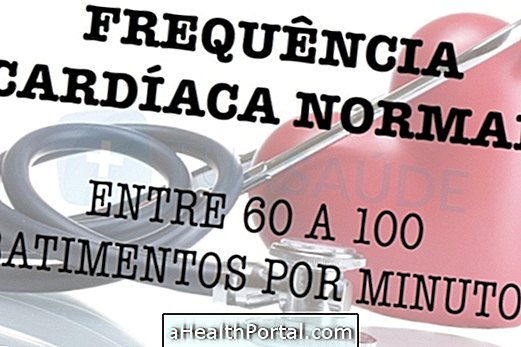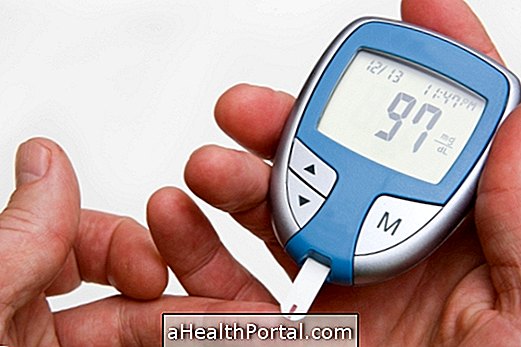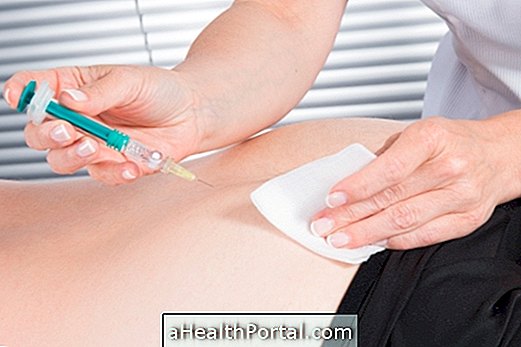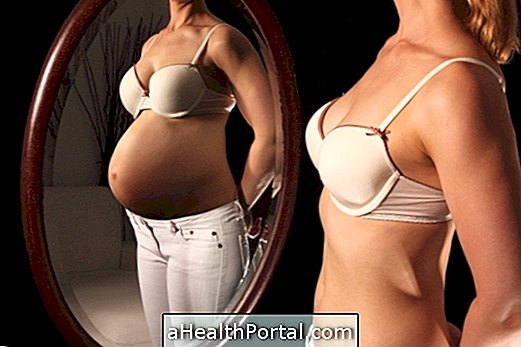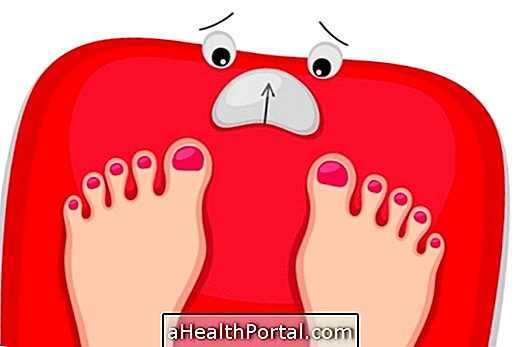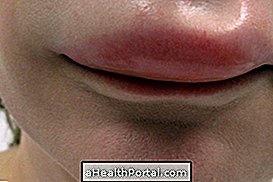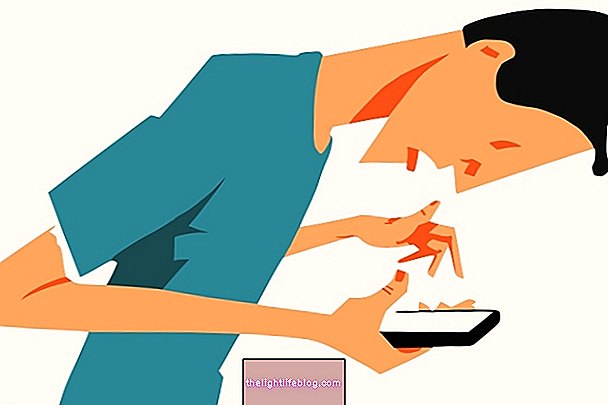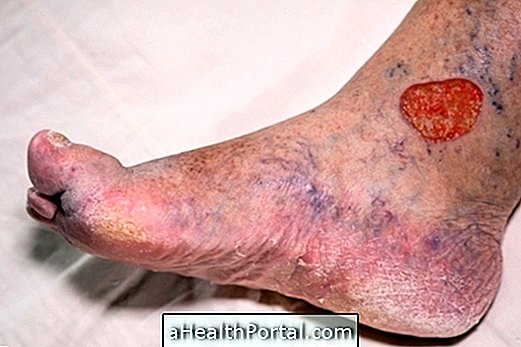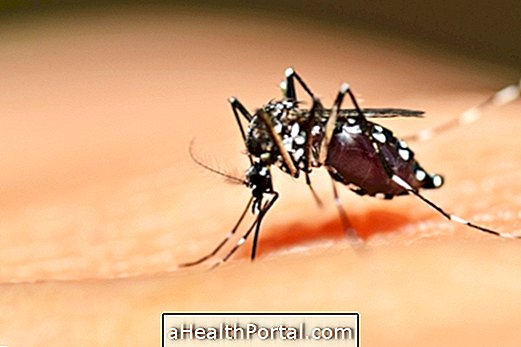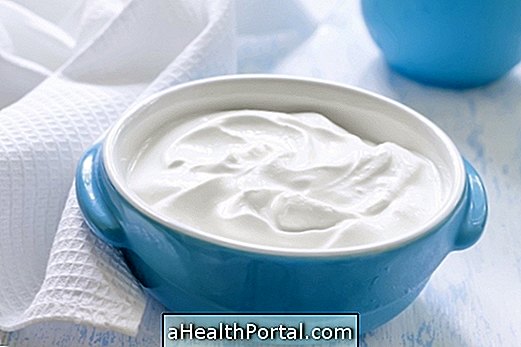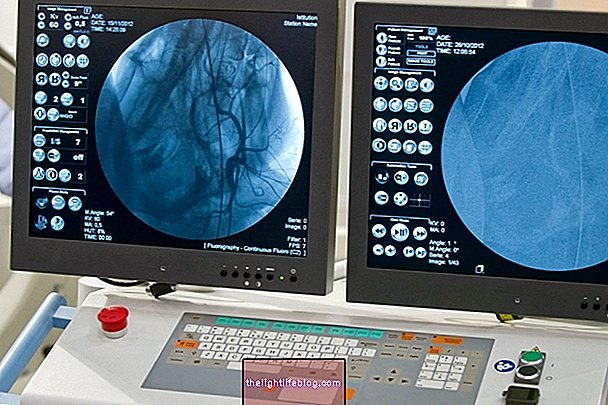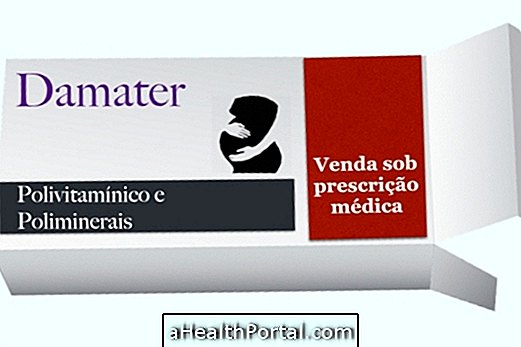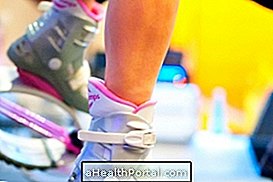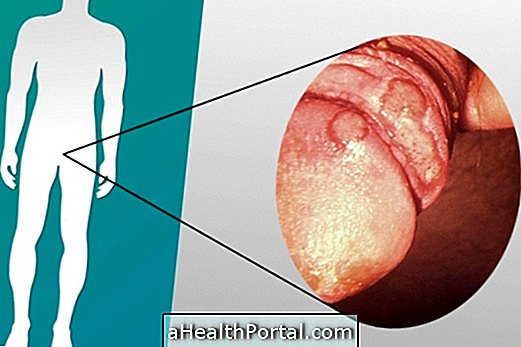Physical therapy for Parkinson's disease plays an important role in the treatment of the disease because it provides an improvement in the general physical state of the patient, with the main objective being the restoration or maintenance of the function and incentive to carry out the activities of daily living independently, thus giving more quality of life.
However, this does not exclude the need to take the medications indicated by the geriatrician or neurologist, being only a way to complement the treatment. Learn more about Parkinson's disease treatment.
Objectives of Physiotherapy for Parkinson's Disease
The physiotherapist should act as early as possible through a treatment plan, where the following objectives are highlighted:
- Reduction of functional limitations caused by rigidity, slow movements and postural changes;
- Maintenance or increase of range of motion preventing contractures and deformities;
- Improvement of balance, gait and coordination;
- Increased lung capacity and general physical stamina;
- Fall prevention;
- Encouraging self-care.
It is important that the whole family is involved in the treatment of Parkinson's disease so that activities are also encouraged at home, as prolonged periods of rest can compromise the goals.
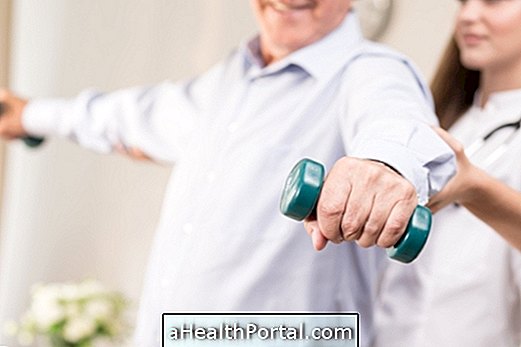
Physiotherapy Exercises for Parkinson's Disease
The exercises should be prescribed after a patient evaluation, where short, medium and long term goals will be established. The types of exercises most used are:
- Relaxation techniques : should be performed early in the session to reduce stiffness, tremors and anxiety, through rhythmic activities, involving a slow and careful balance of the trunk and limbs, for example.
- Stretches : should preferably be done by the individual himself with the help of the physiotherapist, including stretches for the arms, torso, scapular / pelvic girdle and legs;
- Active exercises and muscular reinforcement : should be performed preferably sitting or standing, through movements of the arms and legs, rotations of the trunk, being able to be used sticks, elastics, balls and light weights;
- Balance and coordination training : it is done through sit and stand activities, rotate the trunk in the sitting and standing positions, body tilt, shifting exercises and at various speeds, grabbing objects and dressing;
- Posture exercises : should always be performed seeking the extension of the trunk and in front of the mirror so that the individual is more aware of the correct posture;
- Respiratory exercises : it is oriented to breathing in times with use of the rod for the arms, use of the breathing through the diaphragm and greater respiratory control;
- Facial mime exercises : encouraging the movements of opening and closing the mouth, smiling, frowning, beak, opening and closing eyes, blowing a straw or a whistle and chewing food a lot;
- Training of gait : one must try to correct and avoid the gait dragged through the accomplishment of greater strides, increase of the movements of the trunk and arms. You can make markings on the ground, walk on obstacles, train the walk forward, backward and sideways;
- Group exercises : help avoid sadness, isolation and depression, bringing more stimulation through mutual encouragement and general well-being. One can use dance and music;
- Hydrotherapy : Exercises in the water are very beneficial because they help reduce stiffness at a suitable temperature, thus facilitating movement, walking and posture changes;
- Transfer training : In a more advanced phase, one must orient the correct way to move in bed, lie down and get up, go to the chair and go to the bathroom.
Physiotherapy will generally be needed for a lifetime, so the more attractive the sessions, the greater the patient's dedication and interest, and the better the results.

